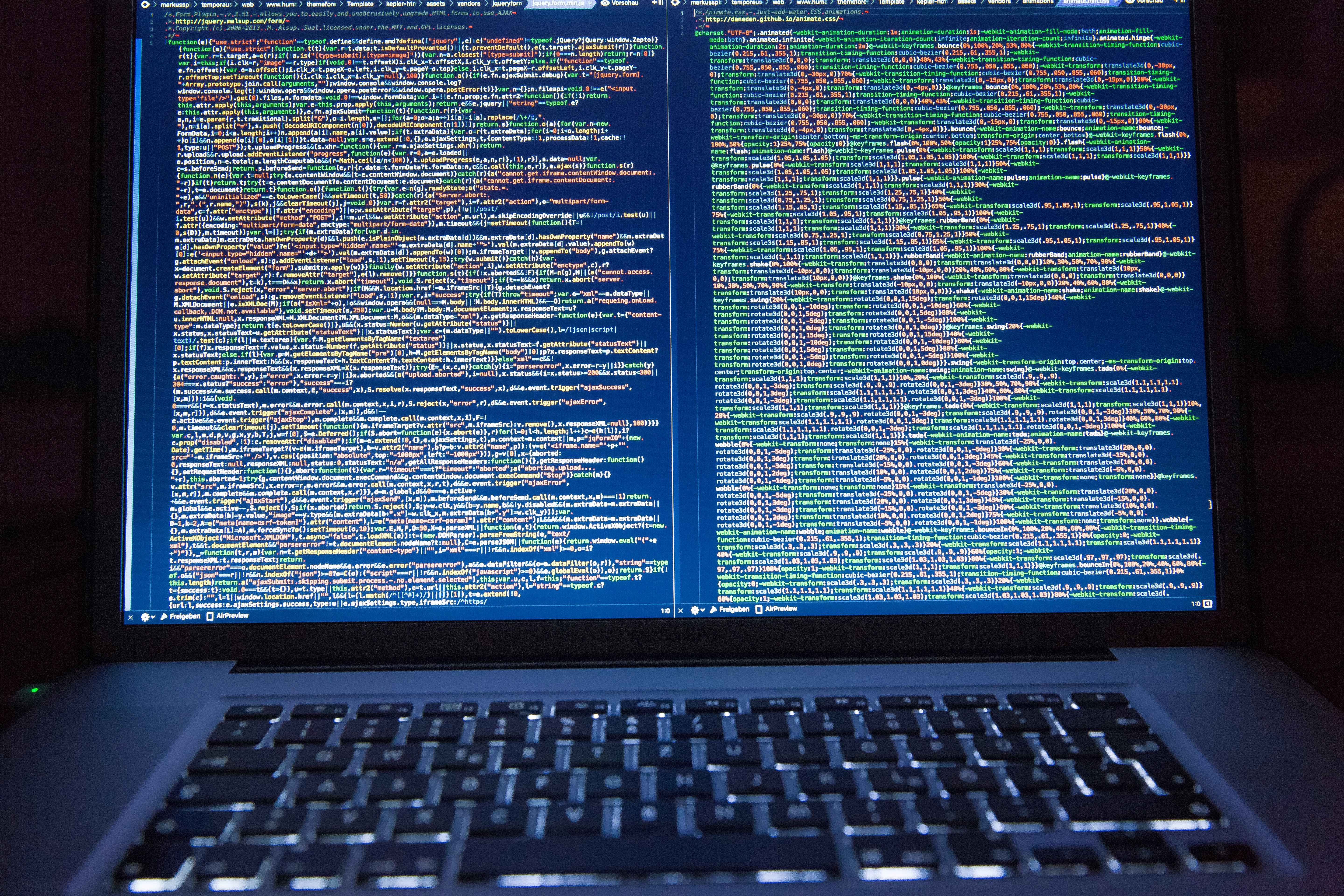Cracking down Fake News from All Aspects by Technologies!
INSTITUTE FOR INFORMATION INDUSTRY (III) Collaborates with Taiwan FactCheck Center(TFC) to Develop Rumor Catcher, the “ Misinformation Filter Platform”
Published by INSTITUTE FOR INFORMATION INDUSTRY (III).
According to the Varieties of Democracy (V-Dem) project, a transnational academic survey hosted by the University of Gothenburg in Sweden in 2019, Taiwan suffered the world’s highest level of false information attacks organized by foreign countries. The beginnings of common fake news are even more ubiquitous in the era of new media and information explosion, such as “A friend of mine who is the expert in this area said that …”and “If you want to be healthy, just follow along…”
To fight against Misinformation, III drew support from TFC which is known for its expertise and practical methods in the field of fact-checking to jointly initiate empirical cooperation. By combining multiple artificial intelligent (AI) technologies such as context transformation analysis, propagation analysis and prediction, as well as account forensic analysis, the two units developed the “ Misinformation Filter Platform”, enabling fact-checking agencies to obtain objective data and observe the dynamics of rumors spreading in real time. Therefore, the speed and accuracy of fact-checking can be greatly improved.
The First Stage Filter Tools for Misnformation: Crowd Detection X Real-time Collection X Automated Clustering
Take TFC as an example, the number of suspected Misinformation reports collected daily is as high as hundreds, and at least dozens. Therefore, with the assistance from III, the first stage fast screening tools of the “Misinformation Filter Platform” are developed, collecting suspected rumors reported by the public from popular channels where rumors spread, such as Line, FB and other social platforms.
III uses heterogeneous data comparison and clustering techniques including text mining, heterogeneous data cross-comparison, community data augmentation, and automated noise cleaning, etc., to construct the first-stage filter tools, which provide functions such as automatic grouping of similar articles, calculating the frequency statistics of appealing, checked report comparison, and so on. With the assistance of these functions, checking personnel can filter out the rumors that are circulating quickly, and speed up the verification process regarding false information.
Hui-Min Chen, Chief Editor of TFC pointed out that the Misinformation Filter Platform automatically collects suspected rumors from different channels, so that the fact-checking personnel can obtain objective data and observe the situation of rumor spreading in real time, which greatly improves the speed and accuracy of the topic selection process. Moreover, the introduction of the Misinformation Filter Platform has prompted TFC to adjust the fact checking workflow and move towards digital transformation.
Advanced Indicators of Misinformation: Use Technology to Help Clarify Content and Context
Ping-I Chen, Section Manager of III Digital Service Innovation Institute (DSI), who is responsible for the development project of the “Misinformation Filter Platform”, pointed out that III combines the resources of the Digital Service Innovation Institute (DSI), the Digital Transformation Institute (DTI), and the Cybersecurity Technology Institute (CSTI) to conduct researches about risk indicators from the content, context and social aspects of false information. After the verification process conducted by fact-checking agencies, III uses AI technologies such as neural networks and deep learning, developing three advanced indicators (*Note) including language feature analysis, propagation model analysis, and account forensic analysis, to further determine the rumor risk levels from the content and propagation context of the reported messages.
In fact, the ” Misinformation Filter Platform” developed by III not only can provide filter indicators to identify information authenticity and can assist in accelerating the speed of fact checking and clarification, but the relevant technologies developed along with the platform can also be applied to the fields of communications marketing and information communication services. By automatically sifting messages with low credibility or with significant impact, providing experts with verification services, and helping community analysis companies or system integration (SI) companies integrate fact-checking functions, the team can offer diverse application services according to different needs.
*Note: Three Advanced Indicators
- Language Feature Analysis: From the writing style of the message, the platform automatically detects the language styles frequently used in false information including arbitrary, emotions, celebrity/personal testimony, calling to action, social sharing, and hypothetical situation inference, etc., and calculates the rumor risk score.
- Propagation Model analysis: Jumping out of the framework of text analysis and starting from the establishment of a relationship network between community members, the platform uses the AI methodology to build the communication relationship of fake news to identify the channels of communication relationships and to determine the authenticity of the information being disseminated.
- Account Forensic Analysis: The platform analyzes and depicts the dynamic and static information of relevant social accounts and builds a learning model based on the account characteristics to determine the authenticity of the social accounts that disseminate the messages.

Caption: The Institute for Information Industry developed the “Misinformation Filter Platform“, which not only can provide fast screening indicators to identify the authenticity of information and assist in accelerating the speed of fact checking and clarification, but the relevant technologies developed along with the platform can also be applied to the fields of communications marketing and information communication services.






